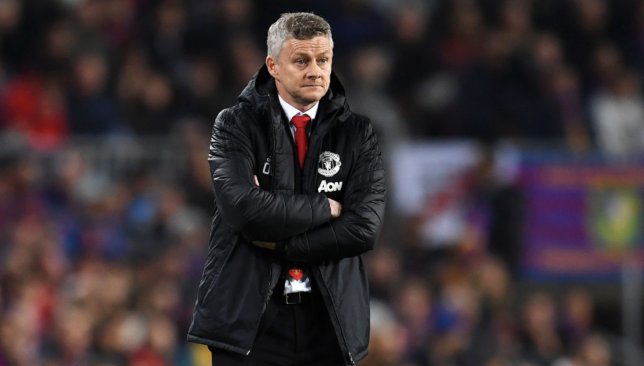
At the end of week 34 in the Premier League, Manchester United find themselves out of the Champions League spots and in sixth position in the table.
They are two points off Arsenal and Chelsea, with Unai Emery’s men claiming the fourth spot due to a superior goal difference.
Before Ole Gunnar Solskjaer took over as interim boss, United were further adrift from the top-four. Jose Mourinho’s United were also in sixth place before he got the sack, but fourth placed Chelsea were then 11 points clear off the Red Devils.
With both managers having managed the team for 17 games, this is a good time for a statistical analysis of how the team fared under the two managers.
SOLSKJAER HAS A POINT
Firstly, the Red Devils have amassed 12 more points under Solskjaer than they did under Mourinho. They achieved this by registering a superior goal difference (+15).
Under the Portuguese, United scored 29 and found 29 replies.
The 29 goals that were scored under Mourinho came at an xG (expected goals) of 28.22. This means that the goal-scorers did justice to all the chances that were created for them.
On the other hand, Solskjaer’s United scored 34 goals at an xG of just 24.98. Clearly, the goal-scorers have been more clinical in front of goal in the second half of the season.
The attack has stepped up significantly, but the manner in which the defence has slowly gotten into shape is worth noting.
Under Mourinho, they conceded 29 goals when xGA (expected goals against) data suggests they should have conceded about 26 goals. However, in the next 17 games, they have recorded an xGA of just 19.65.
The significant decline is evidence that the defence is not allowing the opposition to take shots from more promising areas.
The fact that they have conceded just 19 while doing so shows that goalkeeper David De Gea has had a better time under Solskjaer when compared to his time under Mourinho this season.
We had earlier used xPTS (expected points) to analyse the luck factor in Borussia Dortmund’s season. A similar approach shows that Solskjaer has had his share of luck, too.
In the first 17 games, xPTS data says that United should have bagged 23.92 (or 24) points. But in reality, they managed to pick up 26 points, with ‘luck’ accounting for the two points.
The luck factor was further enhanced under Solskjaer, with United garnering 38 points against an expected 31.71 (or 32) points. It’s fair to say that the Red Devils have their fortunes to thank for, for about six of the 38 points.
The numbers have laid it down clearly – United are more polished in attack and sturdier in defence under Solskjaer.
Regardless of the league position and the fact that they are slowly withering down, Solskjaer has significantly lifted United and steadied the ship.
PLAYER POWER
Needless to say, the performance of the players has improved even at an individual level. Scoring at a rate of 0.59 goals per 90 minutes, Paul Pogba has been one of the most improved players under Solskjaer.
In the first 17 games, Pogba was scoring at a rate of just 0.24 goals every 90 minutes. An argument could be made for how most of his goals have come from the spot.
However, it does not take away the extent of his resurgence.
The quantity and quality of chances created by the Frenchman every game should serve as evidence as to why his revival under Solskjaer is real and not just a smokescreen. While he used to average 1.42 key passes every 90 minutes under the Portuguese manager, he has taken it up a notch, producing 1.9 key passes every game under the new manager.
The fact that he has pumped up his xA90 (expected assist per 90 minutes) from 0.12 under Mourinho to 0.21 under Solskjaer shows that the quality of the chances he creates has also gone up significantly.
Rashford is another player who has levelled up under Solskjaer. His scoring rate has increased from 0.32 to 0.54 goals per 90 minutes with the change in manager.
The Englishman’s playmaking abilities have also seen a rise under the Norwegian manager. He now averages an xA90 of 0.24 per 90 minutes, 0.1 more than he used to under Mourinho.
The immediate reaction to that stat would be to check if he has been playing a deeper role and involving himself in build-up more often. Sure enough, Rashford’s xGBuildup90 (a measure of his role in build-up play) has increased by more than 100 percent from 0.11 to 0.28.
United have now lost six of their last eight games in all competitions, but the data here shows how Solskjaer has clearly out-performed Mourinho and has also succeeded in bringing out more from two of the best outfield players of the club.
Solskjaer is on the right path, he just needs time and a players of higher quality.
Stats from understat.com